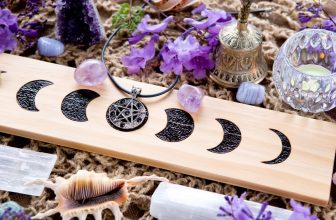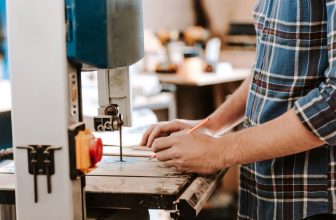Contents
If you’ve never used plywood before and decide to purchase some for you next woodworking project, you’ll be in for a rude awakening! If you thought it was as simple as picking out the first piece you see, think again! For a start, you have to contend with the grading system amongst the various plywood types.
Then there is the small matter of choosing between the various bonding types and that’s not even taking into account the type of cut, whether it is imported and a host of other considerations. Relax! Read this simple guide and discover the best type of plywood for your woodworking project before you tear your hair out!
Grading the Different Plywood Types
Plywood is generally graded from ‘A’ to ‘D’ with A grade wood deemed to be the best quality while D grade will contain the maximum allowed number of blemishes. Bear in mind that both sides of the plywood will be graded so if you see a sheet of A-C plywood, it means the ‘face’ of the wood is excellent whereas the ‘back’ is of lower quality.
In certain stores, you may see a different grading system entirely where the ‘back’ is given a numerical figure ranging from 1 (the best) to 4 (the worst). If you’re embarking on a woodworking project, you shouldn’t purchase anything below A1 or A2 standard; anything beneath this is considered suitable only for ‘paint grade’ work. Check the side of the sheet to see the grade stamped on it. Imported plywood may not display the grade.
There is also a Type I and Type II classification which is not considered part of the grading system but is nonetheless important. The majority of hardwood plywood will have a Type II adhesive which is suitable for indoor work. Plywood with a Type I adhesive should be used for outdoor projects as it is more water-resistant than its Type II counterpart.
Breaking Down Plywood Types
You have to consider what your plywood will be exposed to once you have finished the woodworking project. Let’s take a quick look at some common types:
- Interior: This is specifically for indoor projects and is made from softwood and certain hardwoods such as oak and cherry. There are also special options such as Baltic birch plywood. This type is ideal for carpentry or plywood furniture that will have limited exposure to moisture or other outdoor elements.
- Exterior: This is the most common type of plywood and is considered an ‘all purpose’ wood. You should be able to find exterior plywood in virtually all grades.
- Sanded: Choose this option for projects where one side will be visible to others. This enables you to purchase A-C grades of plywood for example. Clearly, the ‘A’ grade material would be visible.
- Structural: This is for jobs where strength and durability are of primary concern. It is often used on construction sites and you will rarely find structural plywood above C-D grade.
- Marine: This type uses the highest quality adhesives and is designed with moisture resistance in mind. You will normally find it only in A-A grade level which means it is hard to locate and the most expensive plywood type.
Other Things to Note
Plywood could cost almost as much as solid hardwood although this depends on its grade. Yet balanced construction means your plywood won’t warp or swell as much as hardwood. Top graded plywood will have uniform color and grain so it is much easier to stain than lumber.
On the downside, you may find your plywood selection limited since suppliers only stock what’s on demand. As a result, you’ll typically find popular oaks and mahogany available but more ‘exotic’ woods may not be available or else there will be a limited supply. Imported plywood often uses the metric system of measurement which means the dimensions may be off by a fraction of an inch in some cases.
Conclusion
When choosing plywood for your woodworking project, use the above information to narrow down your options. Analyze the sheets to ensure they are reasonably flat. While there will always be a slight amount of bow in plywood, it shouldn’t be too severe. Avoid warped and twisted wood as its condition won’t improve when you cut up the sheet. Finally, check out the thickness of the edge of the face veneer. If you can’t easily determine it, it is almost certainly too thin which will only lead to problems when finishing and sanding.






